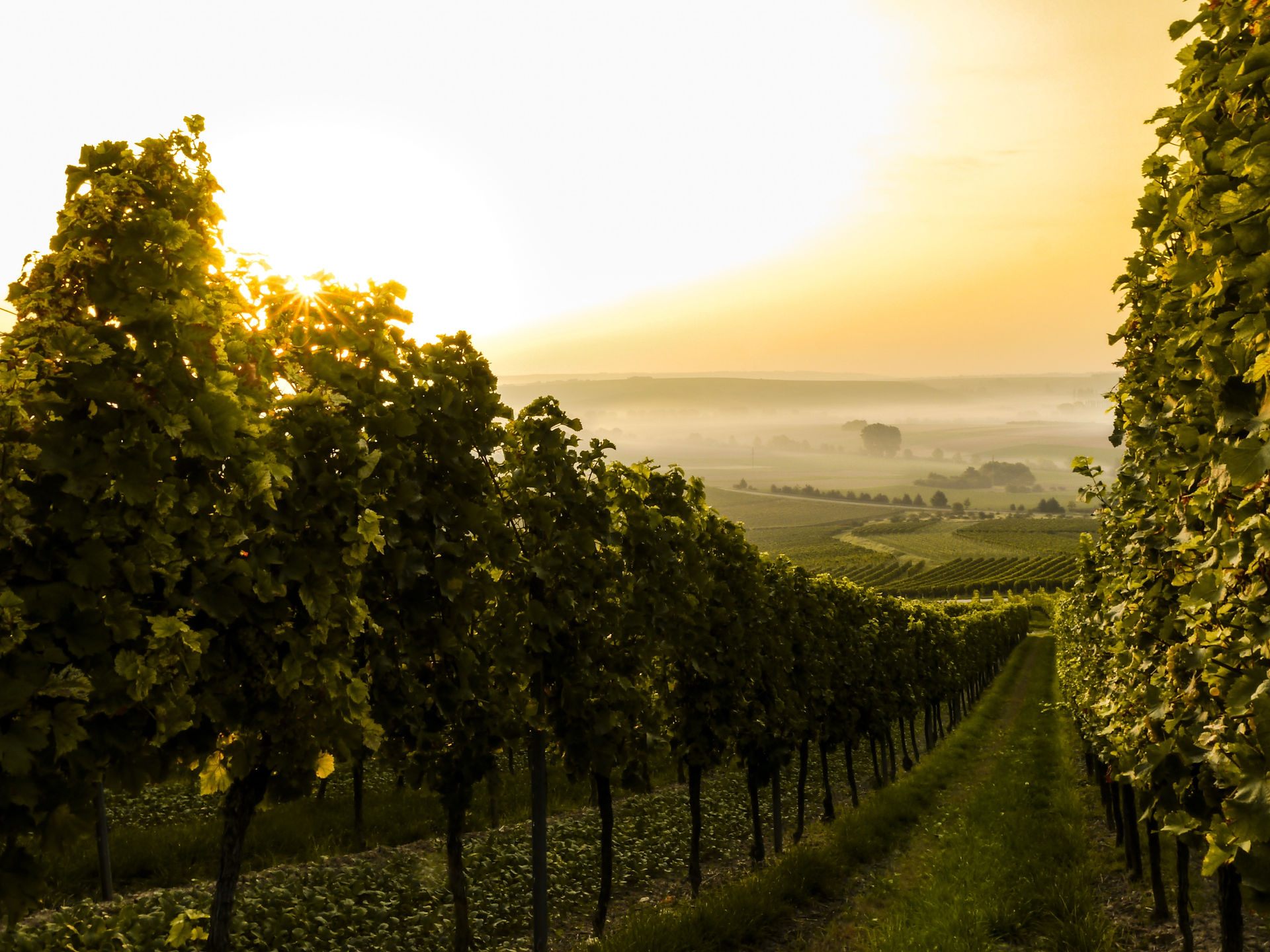Smoke Taint: What to Know About Wildfires and Wine
- Deanna Lowe

- Sep 15, 2023
- 2 min read
Understand the impact of wildfires on wine grapes including the concept of terroir, dangers of smoke taint, and wineries' tactics to manage it. Learn what to expect as a wine consumer in a changing climate.
In recent times, many communities have grappled with the devastating consequences of wildfires. Notably, the renowned Okanagan wine region in Canada faced extensive wildfires that persisted for several days. When wildfires surround areas with vineyards, a crucial question emerges: How do wildfires affect wine grapes and the quality of the vintage? Let’s look into that.
Understanding Terroir

Wine enthusiasts are well aware that wine grapes are remarkably sensitive to their surroundings. Similar to any farmed fruit, wine grapes absorb the essence of their environment, a phenomenon referred to as "terroir." Terroir describes the environmental factors that shape the characteristics of the resulting wine, including climate, topography, soil composition, and terrain.
What Is Smoke Taint?

When wildfires produces smoke that impacts the terroir of wine grapes, it can cause an issue known as "Smoke Taint." Smoke Taint creates smoky, ashy, burnt, or charred aromas and flavours in the wine. This is different from the intentional imparting of notes through the aging process in charred or toasted oak barrels.
Several variables can affect whether wine grapes are susceptible to smoke taint. The proximity and intensity of the smoke to the vineyards play a pivotal role. Additionally, grapes are most vulnerable to smoke taint during the veraison stage, when they ripen and change colour. Surprisingly, it doesn’t take much smoke exposure to cause this phenomenon.
What Can Wineries Do About Smoke Taint?

Wineries can use a range of tactics to manage and minimize smoke-derived characteristics in their wines. These strategies include hand-harvesting grapes, removing leaves, avoiding skin contact during fermentation, keeping grapes at a cool temperature, and gently pressing whole grape bunches. Additionally, advanced winemaking techniques, such as reverse osmosis filtration, are utilized to extract smoke compounds from the wine. It is important to note that while these methods can reduce smoke-related aromas and flavours, there is no guarantee that they'll be completely eliminated. Each vintage remains a unique expression of the respective growing season, preserved in each bottle. Overall, none of the methods of extracting smoke compounds from wine can be done without compromising the quality of the wine.
What Can I Expect From Wine Vintages Impacted By Wildfires?

With the reduction of skin contact during winemaking, you may notice more white wines from red grape varietals, such as white Cabernet Sauvignon, and more rosés being released from vintages impacted by wildfires. In cases where wildfires have significantly affected wine grapes, some wineries may decide to reduce or even cancel the production of that vintage. This results in lower supply and consequently higher prices for your beloved wines. Given the increasing amount of wildfires globally and the influence of climate change on grape harvests, it is advisable to consider stocking up on your favourite wines sooner rather than later.








留言